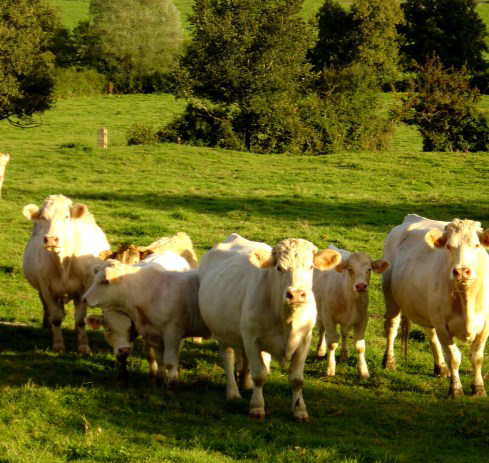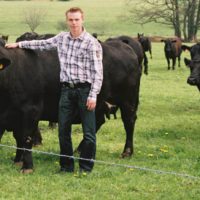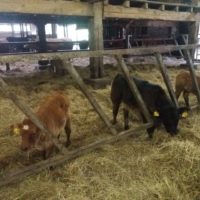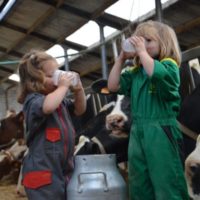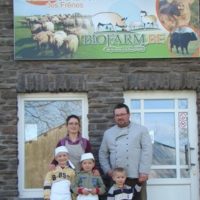Description
The farmers wished to increase his livestock by remaining autonomous in fodder. With the help of a counselor, they passed all his livestock from continuous grazing to a rotational grazing in 1 year. Such a radical change in such a short time is rare and deserves to be highlighted!
Reason for the innovation
The desire to remain autonomous in fodder has been stronger than the fear of change.
Nevertheless, the farmers knew how to well surround themselves to help them in setting up their new pasture management:
- Cutting of the new paddocks
- Water management (setting up corridors)
- Learning new grazing management techniques: herbometer, sum of temperatures…
Farm description
Environment
- Soil: Loamy-sands, silt, sandy
- Climate: Oceanic climate
- Altitude: 180m
Grassland management
- Pasture: Yes
- Rotating grazing
- Manure: beetwen 25 and 60 kg organic and inorganic N/ year
Structure
- Annual Work Unit: 2
- Agricultural area: 255 ha UAA
- Main forage area: 105 ha
- Permanent grassland: 90 ha
- Temporary grasslands: 15 ha
- Breeds: Charolais
- Stocking rate: 1,2 UGB / ha of forage area
Animal performance
- Average carcass weight: 430 kg (Heifer)
- Average age when slaughtered: 3 years (Heifer)
- Average European classification of the carcass (EUROP): U (Heifer)
Why it is working
Intensification of grasslands in globality : more fertilisation and use of diges-tate of methanation.
Possibility to have farm’s seeds to limit the cost.
